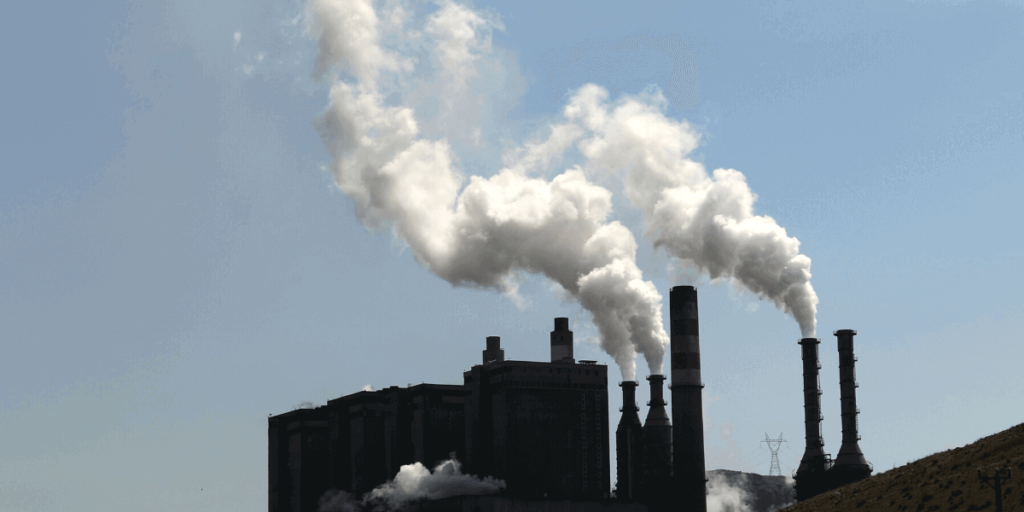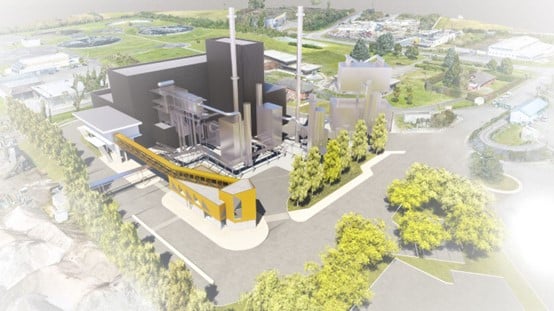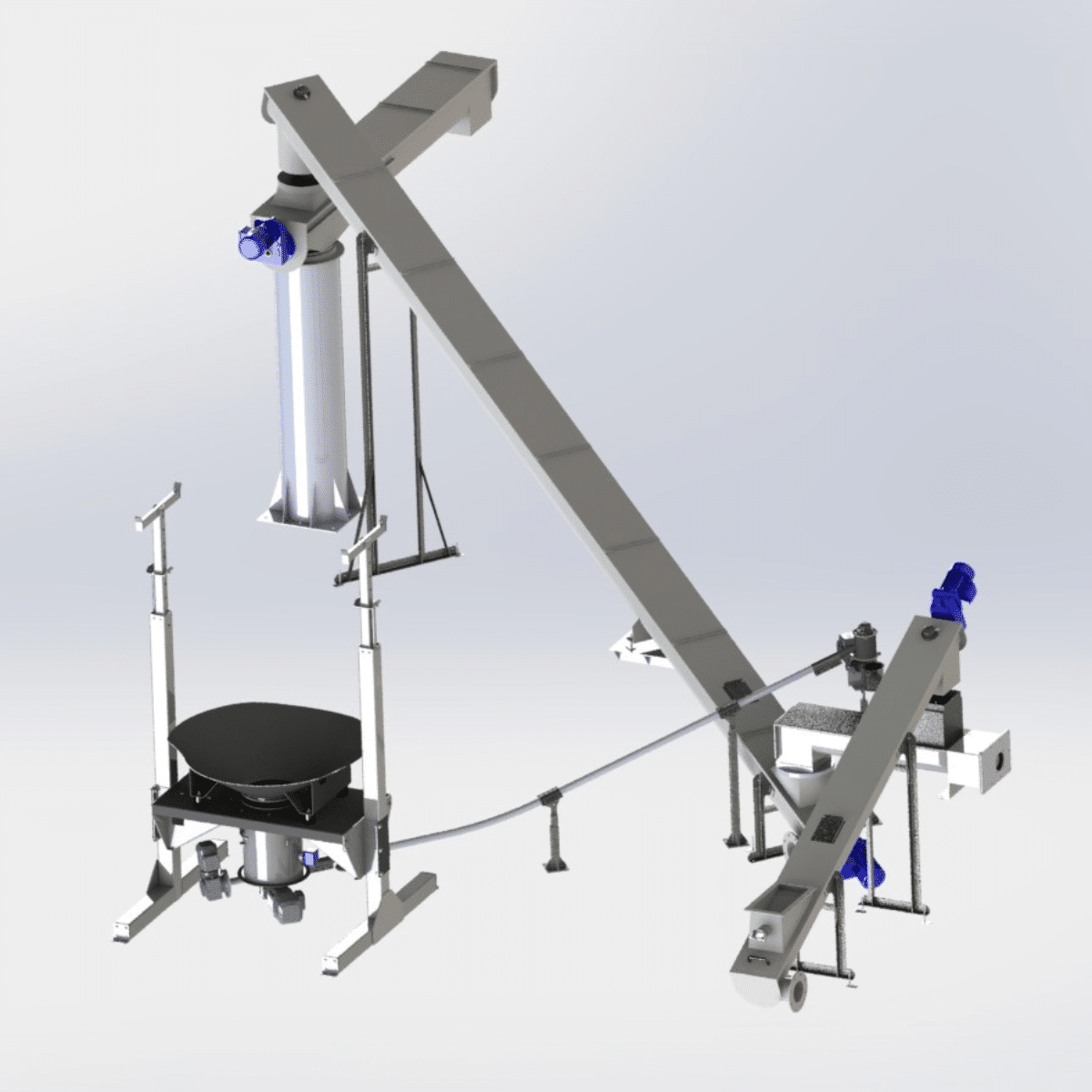Flue gas treatment is the process of reducing the amount of pollutants that are emitted when fossil fuels, including wood, natural gas, oil, and coal are burnt at a power plant, an industrial facility, or any other place. These pollutants, if released freely, can affect the quality of air, both locally and regionally, quite substantially. Read on to see the details around the process of flue gas treatment.
What is Flue Gas?
As mentioned, flue gas is a by-product of burning fossil fuels. This gas exits the fireplace, furnace, boiler, or steam generator, via a pipe called a flue, entering the atmosphere. The composition of flue gas depends on the specific fuel that’s being burnt, but the main components include nitrogen dioxide, water vapor, carbon dioxide, and particulate matter, including sulfur oxides and soot.
Water vapor is a large component of most flue gas resulting from the combustion of fossil fuels. This forms the main part of the smoke that can be seen pouring out of the incinerator and furnace flues, which is a result of the water vapor coming into contact with cool air in the atmosphere to form a cloud. Large plants typically generate a large amount of flue gas, and this makes it important for them to have a flue gas treatment in place.
The Three Types of Flue Gas Treatment
There are many industries with large industrial plants which need flue gas treatment. Due to the different nature of these industries and other such specifics, it’s important to pick the correct type of flue gas treatment. Changing times have brought about diversified and improved methods of treating flue gas. The following are the three main types of flue gas treatment, in which Sodimate equipment can be used.
Wet Process of Flue Gas Treatment
This process of treating flue gas is most often used in large industries because it has a higher cost of installation and creates residual water which again needs to be treated. It involves cooling down the temperature of the flue gas to below the dew point. Acid gases present condense and are then washed with either a suspension of milled limestone or a liquor of milk of lime.
Dry Process of Flue Gas Treatment
The dry process of treating flue gas makes use of hydrated lime which is injected as a dry powder to neutralize acid gases. Salts and fly ash result from this process, and they’re separated either by a fabric filter or an electrostatic precipitator. It’s the best method for low-capacity incinerators as it can be incorporated into existing installations easily, has a lower investment cost, space efficiency, and easy automation, as well as flexible operation. The resulting by-product is a dry powder which is easy to handle efficiently.
Semi-Wet Process of Flue Gas Treatment
The third main method of flue gas treatment involves adding lime in the form of milk of lime or lime slurry which increases the humidity of the flue gas while lowering its temperature. Calcium hydroxide is dispersed in fine particles once the droplets dry, and the latent heat in the treated gas makes the water evaporate in a liquid-gas reaction.
The experts at Sodimate can help you decide on the best flue gas treatment option to make, especially at a time like this during which you may be concerned with projects.
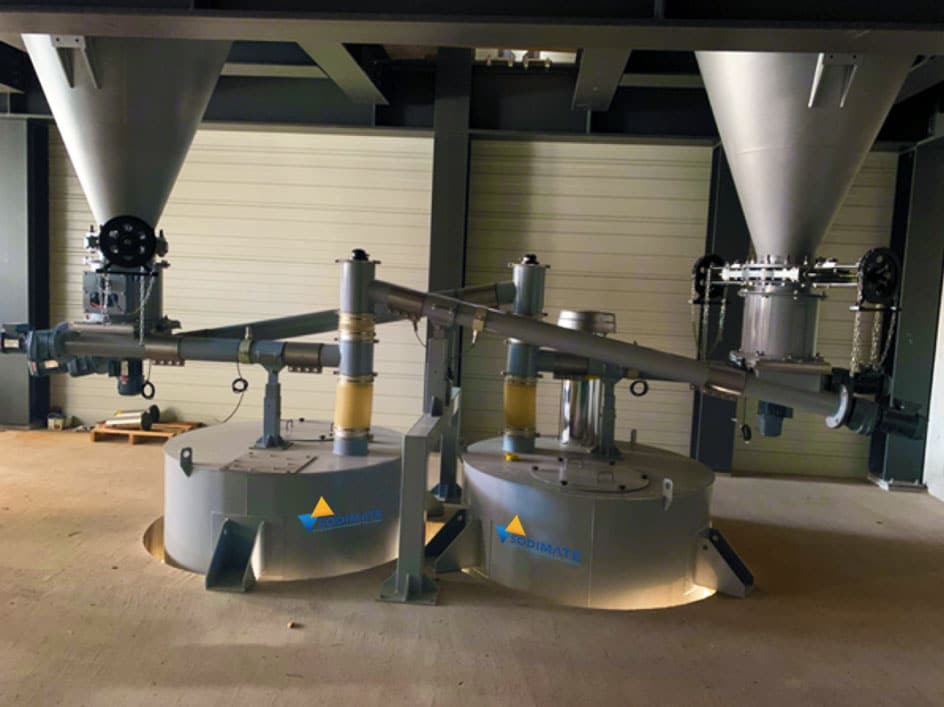
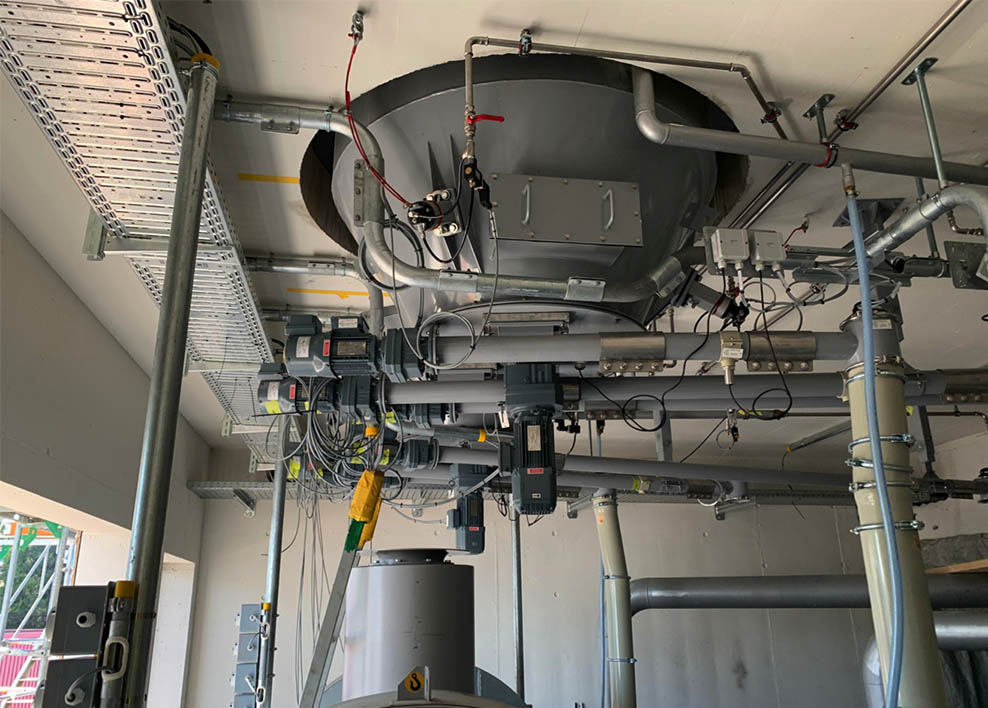
Chemicals Used by Sodimate for Different Pollutants
As there are different processes that can be used to treat flue gas, there are also different chemicals that may be used. These include sodium sulphate , trona, lime, calcium carbonate, urea, sodium bicarbonate, and activated carbon.
The specific chemicals to be used will depend on the process that is picked as well as the pollutants that need to be removed from the flue gas. It’s important to pick the right treatment process to ensure you get a by-product that you can make use of or dispose of safely and cost-effectively, and the team at Sodimate makes sure to advise you on such details.
General Equipment Used by Sodimate
The general equipment used by Sodimate is the dry sorbent injection flue gas cleaning system, PAC bulk bag discharger, Storage silo, Pneumatic conveying system. This leaves an easily disposable by-product that can be packed and transported safely and efficiently away from the site of incineration, leaving the environment that much cleaner.
Contact Sodimate to meet your flue gas treatment needs efficiently and economically. Our professional team will guide you every step of the way.


